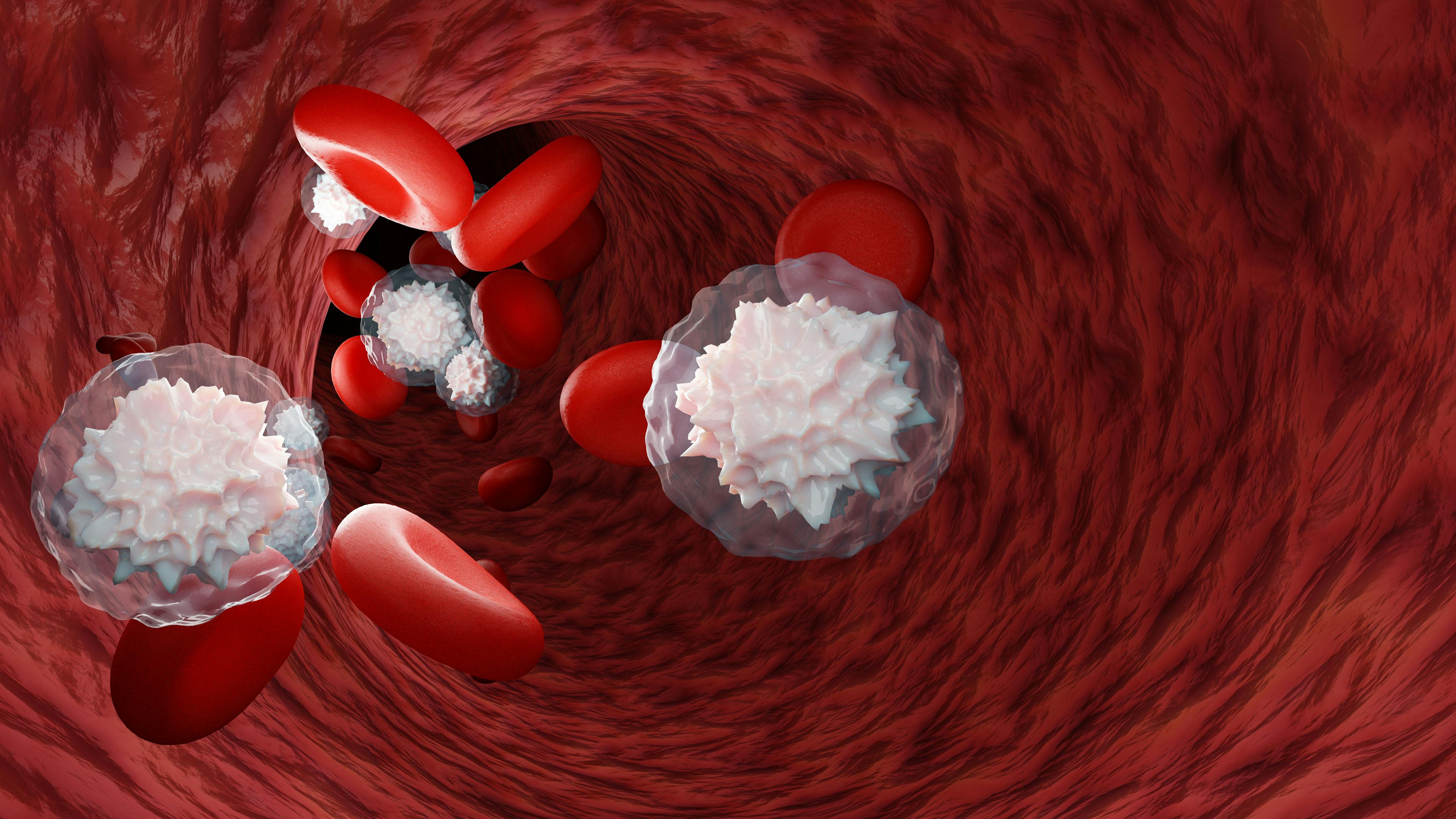- Acne
- Actinic Keratosis
- Aesthetics
- Alopecia
- Atopic Dermatitis
- Buy-and-Bill
- COVID-19
- Case-Based Roundtable
- Chronic Hand Eczema
- Chronic Spontaneous Urticaria
- Drug Watch
- Eczema
- General Dermatology
- Hidradenitis Suppurativa
- Melasma
- NP and PA
- Pediatric Dermatology
- Pigmentary Disorders
- Practice Management
- Precision Medicine and Biologics
- Prurigo Nodularis
- Psoriasis
- Psoriatic Arthritis
- Rare Disease
- Rosacea
- Skin Cancer
- Vitiligo
- Wound Care
Publication
Article
Dermatology Times
Cost-Effectiveness of Treating Advanced Melanoma
Author(s):
To date, it is unknown what impact potential response-adapted treatment strategies for advanced melanoma may have economically.
Authors of an economic evaluation of patients with advanced melanoma have concluded that response-adapted discontinuation of ipilimumab after 6 weeks is cost-effective and may lower the patient’s financial burden. Cost savings were estimated at $19,891 per patient compared with standard of care, according to findings from the study published in JAMA Dermatology.
“Idealistically, response-adapted treatment fits well into the notion of personalized medicine, with drug regimen and dosage dictated by the individual patient’s early response,” said principal investigator Wolfgang G. Kunz, MD, MHBA, attending and professor of radiology at Ludwig-Maximilians-University (LMU) Munich in Germany. “It also leverages the multidisciplinary nature of medical care–in our case, dermatology, oncology, and radiology–by combining the most advanced features of each field.”
However, to date, it is unknown what impact potential response-adapted treatment strategies for advanced melanoma may have economically, according to Kunz.
The cost-effectiveness analysis used data from The ADAPT-IT Study (NCT03122522), with follow-up of 33 months, and from the phase 3 CheckMate 067 study (NCT01844505), with follow-up of 6.5 years.
The authors also assessed published literature on ADAPT-IT over the 33 months.
The analysis was conducted in a US setting from a US payer perspective, for which the willingness-to-pay threshold was set at $100,000 per quality-adjusted life-year (QALY).
All 355 patients had previously untreated unresectable stage III or IV metastatic melanoma. Overall, 41 patients were from ADAPT-IT, with a median age of 65 years, and 68% were male. The remaining 314 patients were from the CheckMate 067 trial, with a median age of 61 years and 66% of patients being male.
The primary outcome of ADAPT-IT was objective response. The 2 chief outcomes of the CheckMate 067 trial were overall survival and progression-free survival.
Based on the strategies of the 2 previous studies, a decision model was created to estimate lifetime costs and QALYs. The new study compared the survival curves of ADAPT-IT with those of a theoretical standard-of-care trial, in which theoretical survival was almost 10% greater than what was seen clinically.
Response-adapted treatment was the cost-effective option in 94.0% of scenarios, based on Monte Carlo simulations, with a dominant incremental cost-effectiveness ratio and an incremental net monetary benefit of $28,849 compared with standard-of-care therapy. In scenario analyses, current standard of care was only considered as a cost-effective option under best survival assumptions and if the willingness-to-pay threshold exceeded $630,000 per QALY.
“Even in this extreme example, ADAPT-IT remained cost-effective up to a willingness-to-pay threshold of $630,000…over 500% more than acceptable levels for payers,” Kunz told Dermatology Times®. “We were surprised by the sheer magnitude of the cost-effectiveness our analysis revealed for response-adapted treatment.”
Study findings “serve to highlight just how game changing a response-adapted treatment protocol can be,” Kunz said. “On the clinical level, response-adapted treatment has the potential to not only [shave] dollars off medical bills but prevent the [adverse] effects that have thus far plagued cancer care.”
As trials of interest have demonstrated, smart treatment de-escalations reduce patient costs with no detriment to outcomes, according to Kunz, who is head of oncologic imaging and clinical trial imaging at LMU Munich. “We also believe that quantifying these benefits may motivate more clinicians to develop response-adapted protocols,” he said.
Kunz emphasized that less expensive treatment is not the same as less effective care. “This is not a new idea, but often hard to make a reality,” he noted. “When a new such example arises, it is incumbent upon the field to both understand what features impart this rare quality and to design more protocols that take advantage of these developments.”
Kunz and his colleagues hope that their study raises awareness that less therapy can, in some circumstances, be in the best interest of patients, rather than deemed suboptimal care. “This should be communicated to patients, as there may be misconceptions among individuals and families without a professional medical background, “ Kunz said. “In the long term, continued development of response-adapted treatments has a great potential to further cancer care toward the goal of truly individualized care.”
David Polsky, MD, PhD, the Alfred W. Kopf Professor of Dermatologic Oncology at NYU Langone Health in New York, New York, stressed that the study is a simulation, not an actual clinical trial. “Nonetheless, the key finding that a potentially substantial cost savings could occur if the conventional 4-dose induction therapy was shortened to 2 doses is not particularly surprising, [as] immunotherapy is very expensive,” he said.
On the other hand, if patients had not responded as positively after the initial 2 doses, “the benefit side of the analysis would be more limited,” Polsky told Dermatology Times®.
For patients, the study does not change standard practice, according to Polsky, who was not a study author. “However, because nearly all patients develop some degree of [adverse] effects from the form of combination immunotherapy used in the 2 clinical trials analyzed, patients who are forced to discontinue combination immunotherapy due to [adverse] effects may be encouraged to learn that most of the benefit of the treatment appears to come from the first 2 doses,” he said.
Polsky is on the advisory board of Merck and has performed contracted research for Novartis and Bristol Myers Squibb.
Reference
- Cartun Z, Kunz WG, Heinzerling L, et al. Cost-effectiveness of response-adapted de-escalation of immunotherapy in advanced melanoma. JAMA Dermatol. Published online October 19, 2022. doi:10.1001/jamadermatol.2022.4556

Newsletter
Like what you’re reading? Subscribe to Dermatology Times for weekly updates on therapies, innovations, and real-world practice tips.






























